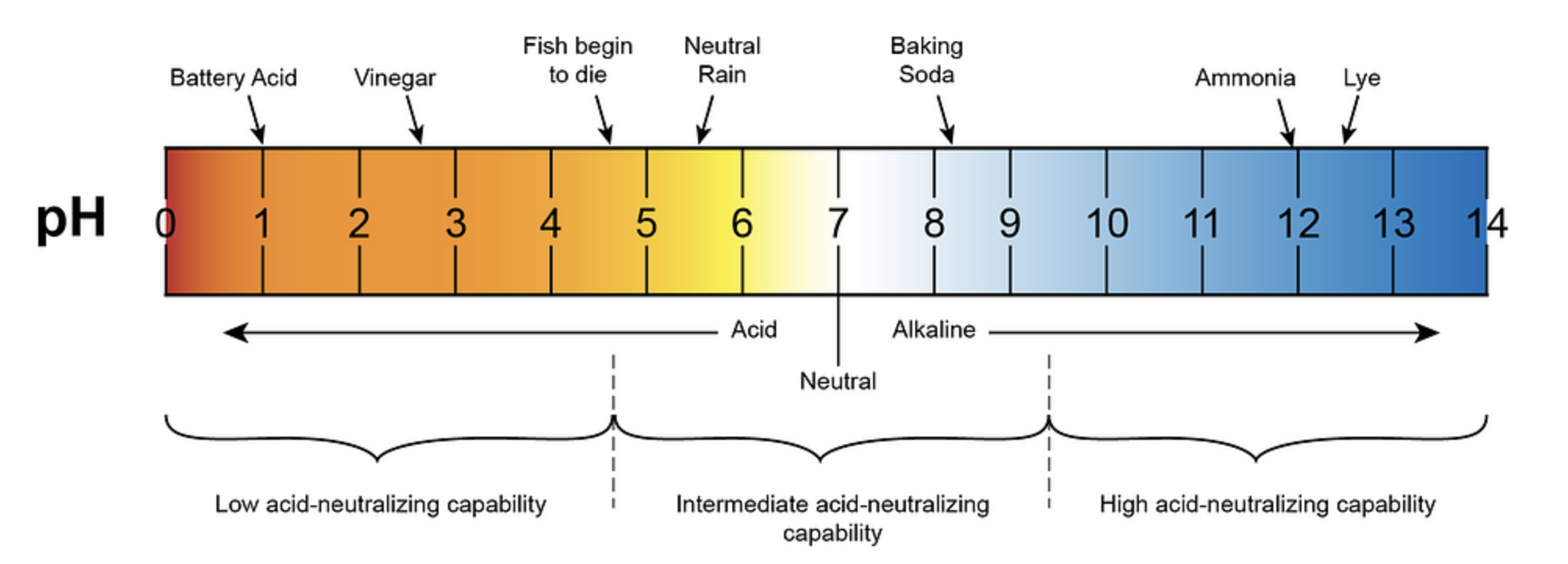The pH scale is a crucial measure of the concentration of hydrogen ions (H+) in a substance, with pH values less than 7 indicating acidity, pH values greater than 7 indicating basicity, and a pH value of 7.0 being neutral. Understanding the pH of water and hydrochloric acid (HCl) is essential for maintaining the health and safety of various solutions and environments.
Understanding the pH Scale
The pH scale is a logarithmic scale, meaning that a factor-of-ten increase in hydrogen ion concentration corresponds to a decrease of one unit on the pH scale. This means that a solution with a pH of 5 has ten times more hydrogen ions than a solution with a pH of 6.
Hydrochloric acid (HCl) is a strong acid that completely dissociates in water, releasing hydrogen ions (H+) and chloride ions (Cl-). The concentration of hydrogen ions in an HCl solution is the same as the initial concentration of the acid. For example, in a 0.1 M solution of HCl, the concentration of hydrogen ions is 0.1 M. The pH of an HCl solution can be calculated using the formula pH = -log[H+], where [H+] is the concentration of hydrogen ions in the solution.
The Impact of Adding HCl to Water
Adding an acidic substance like HCl to water decreases the overall pH of the solution. The degree of pH change that occurs when strong acids like HCl are added to water corresponds directly to the dilution factor, because all of the acidic molecules release one hydrogen ion.
For example, if 1 milliliter of hydrochloric acid is added to 100 milliliters of water, the concentration of hydrogen ions decreases by two factors of ten, and the pH increases by two units. This is because the addition of the HCl increases the overall concentration of hydrogen ions in the solution, lowering the pH.
Factors Affecting the pH of Water
Contaminants and chemicals that can affect the pH of water include acids, bases, and other substances that alter the concentration of hydrogen ions in the water. These can include:
- Acids: Strong acids like HCl, sulfuric acid (H2SO4), and nitric acid (HNO3) can lower the pH of water.
- Bases: Substances like sodium hydroxide (NaOH) and ammonia (NH3) can increase the pH of water.
- Other substances: Certain minerals, organic matter, and industrial waste can also affect the pH of water.
Maintaining Proper pH Levels
To deal with pH-related issues, it is important to regularly test the pH of water and adjust it as needed to maintain a healthy balance. This can be done using pH adjusters, such as sodium hydroxide (NaOH) for raising pH or hydrochloric acid (HCl) for lowering pH.
It is also important to properly dispose of any chemicals or substances that can affect the pH of water to prevent contamination. This helps ensure that the water remains safe and balanced for various applications, such as drinking, agriculture, and industrial processes.
Conclusion
The pH of water and hydrochloric acid is a crucial factor to consider for DIY users, as it can affect the health and safety of water and other solutions. By understanding the basics of pH and how to measure and adjust it, users can ensure that their water and other solutions are safe and balanced. Regular testing and proper disposal of pH-altering substances are essential for maintaining a healthy pH balance in water and other solutions.

